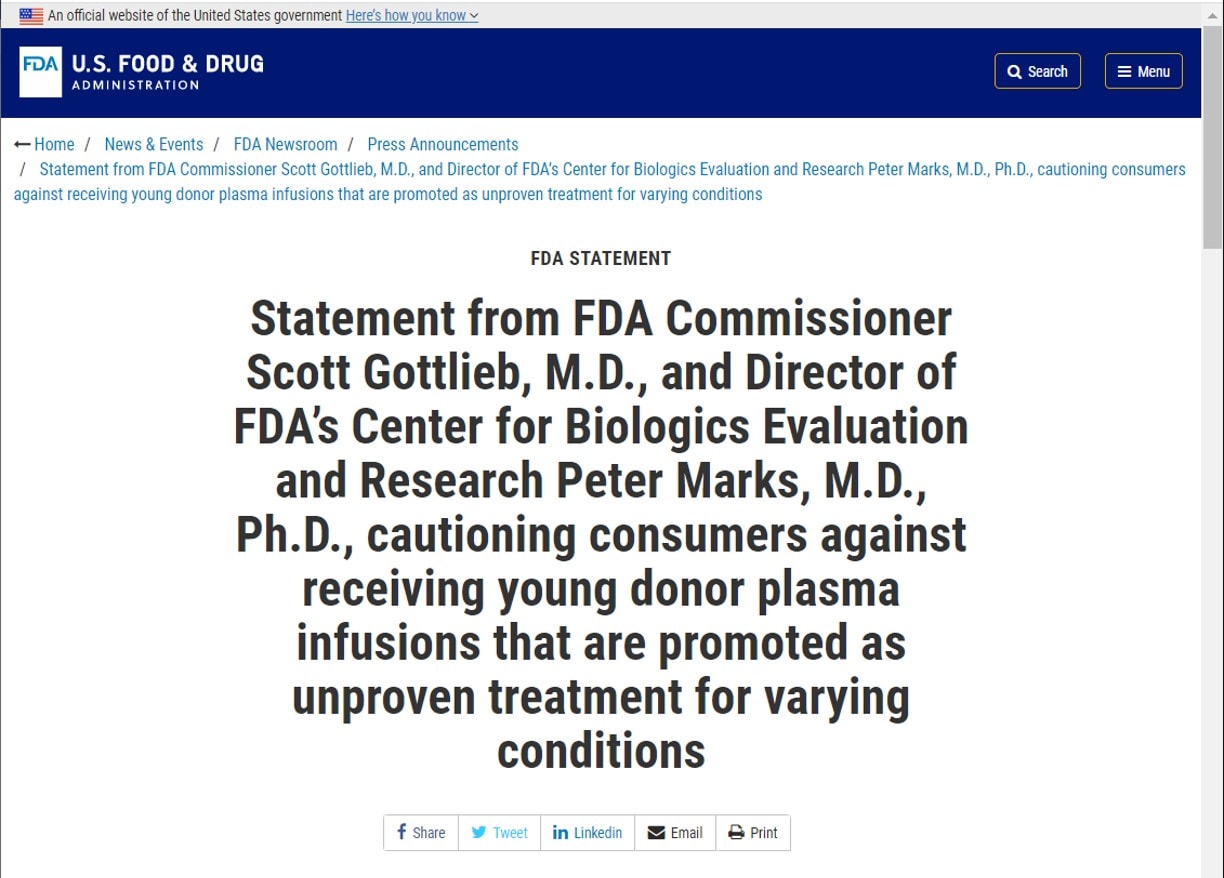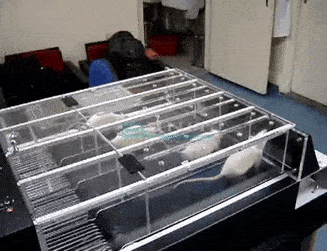Blood Transfusions from Exercised Mice Convey Benefits to Lazy Mice
One of the more interesting fields in regenerative medicine is the idea that blood transfusions from young animals seem to help old animals. Now there’s a new twist on that research which shows that exercised animals can convey the benefits of all of that activity by transferring good things from their blood into lazy mice. Let’s dig in.
Parabiosis

The story of parabiosis is really strange. In the mid-1800s, researchers began hooking up the circulatory system of two animals. That’s called “parabiosis” and it was such a big deal at the time that it won a Nobel prize. In the 1970s, researchers noted that obese mice hooked to skinny mice caused fat mice to lose weight. Later, researchers found out that old mice hooked up to young mice had biomarkers of getting “younger”.
What does parabiosis prove? That young animals have certain factors circulating in their blood that help them and that these can be transferred to older animals. This, of course, is super interesting, as it means that if we could isolate these factors, we may have a “fountain of youth” drug.
Rejuvenating an Old Idea
A research group at Stanford revived the interest in using parabiosis to study aging with a 2005 paper (2). They used several different models to prove the point including muscle injury. We all know that as we age, our ability to repair our muscles declines.
In the Stanford experiments, five days after injury, muscles in young animals had regenerated robustly. In contrast, injured muscle from young rats hooked to old rats regenerated poorly. In addition, old rats hooked to young rates significantly enhanced the regeneration ability of their muscle tissue.
After analyzing why this worked, it was found that the regeneration of aged muscle was almost exclusively due to the activation of resident, aged progenitor cells in the old rats, and not to stem cells mobilizing from young partners to older ones. Meaning that it was the circulating factors (like Notch ligand delta) that activated older local stem cells in the older mice.
Young Blood?
The parabiosis experiments have led to an interesting trend. Since parabiosis demonstrates that young mice have good factors in their blood and this can be transferred to help old mice, why not infuse donations of young blood into old people? Believe it or not, some entrepreneurs have been trying to do just that:

For about five grand for one liter and eight grand for two, a company called Ambrosia will ship young blood to your doctor for infusion. That’s a pretty steep price given that 1 liter of matched blood is about $300, However, the FDA isn’t buying that this is a good idea:

An Exercise Injection?

How far can we take this idea? Well, researchers recently took the blood of aged mice who exercised and injected the factors in their plasma into couch potato mice who were sedentary (1). Guess what? Not surprisingly, the couch potato mice had better cognitive function and gained an enhanced ability to repair themselves more quickly. Meaning they got the benefits of exercise without the exercise.
Sci Fi?
It looks like gyms have been going the way of the dinosaur during the pandemic. Could it be that in the future, rather than pumping iron, we just give ourselves our daily injection of exercise factors? Could the same happen for anti-aging factors?
We already have some of this with physicians who specialize in anti-aging. For example, my personal physician Julie McCallen here in Denver is a master at turning back the clock on hormones levels in the body. Give her a new toolkit like this and she’ll be sure to run with it.
The upshot? We still have quite a bit to learn here before an exercise shot hits the pharmacy shelves. However, tricking our biology into thinking it’s younger is likely a new area of medicine. Meaning the focus of medicine will switch from spot repair to regeneration.
__________________________________________
References:
(1) Horowitz AM, Fan X, Bieri G, et al. Blood factors transfer beneficial effects of exercise on neurogenesis and cognition to the aged brain. Science. 2020;369(6500):167-173. doi:10.1126/science.aaw2622
(2) Conese M, Carbone A, Beccia E, Angiolillo A. The Fountain of Youth: A Tale of Parabiosis, Stem Cells, and Rejuvenation. Open Med (Wars). 2017;12:376-383. Published 2017 Oct 28. doi:10.1515/med-2017-0053

If you have questions or comments about this blog post, please email us at [email protected]
NOTE: This blog post provides general information to help the reader better understand regenerative medicine, musculoskeletal health, and related subjects. All content provided in this blog, website, or any linked materials, including text, graphics, images, patient profiles, outcomes, and information, are not intended and should not be considered or used as a substitute for medical advice, diagnosis, or treatment. Please always consult with a professional and certified healthcare provider to discuss if a treatment is right for you.
